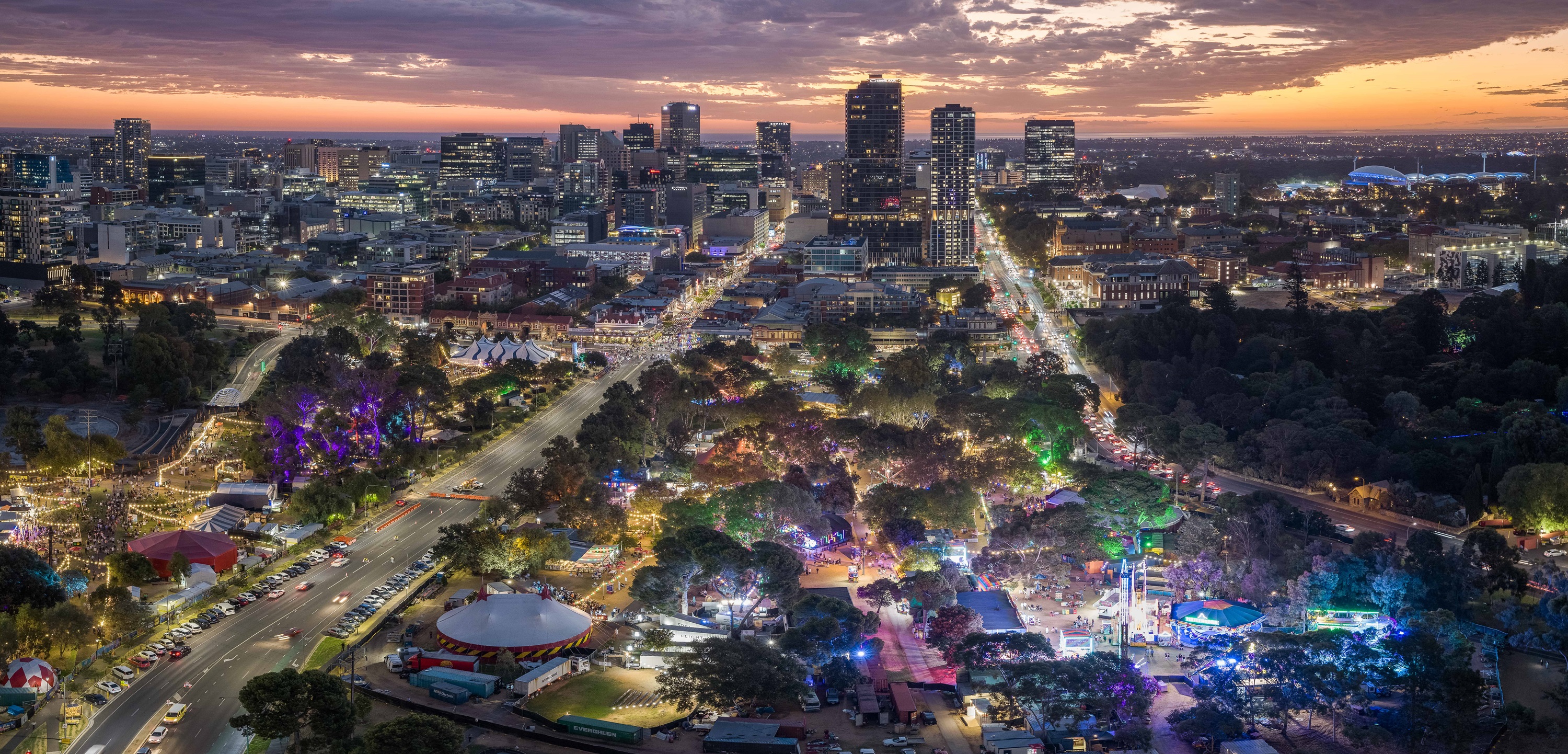25 Jul 2022Property Council of Australia
A recent report from the Property Council of Australia and Gyde consulting has shown a spike in population growth for the Hunter region – sparking a call for increased housing to keep up with demand.
Property Council’s Hunter Regional Director Anita Hugo said population growth over the past five years in the Hunter had exceeded figures predicted in 2019 projections.
“Significant growth is likely placing pressure on housing demands and current housing supply,” Ms Hugo said.
“While the Hunter looks set to meet its housing targets to 2041, we need to be careful we don’t become complacent in light of the population growing greater than predicted.
“The Hunter is facing significant housing and rental market stress, an agile approach to housing that takes a strategic look at housing diversity across LGAs as well as serviced land will be critical to alleviate this going forward.
“Deliberate planning that enforces targets and encourages scalable supply of new housing based on serviceability will be critical. Improved data metrics will assist in determining the strategic alignment of the growth currently occurring in the broader region.”
Regional housing analysis for the Hunter concluded:
The Hunter has been experiencing population growth over the last five years beyond what was projected by DPE in 2019.This increased level of population growth is likely increasing demand for housing in these LGAs, placing pressure on the existing supply and delivery trends.
DPE has identified that the Hunter requires 84,700 dwellings from 2016 to 2041 requiring delivery of approximately 3,380 dwellings per year. Detached dwellings have dominated delivery however, in 2019-20 more multi-unit dwellings were completed than detached dwellings for the first time in the LGA.
Since 2012 approvals in the region have been increasing detached dwelling completions are still dominant, with multi-unit dwelling completions seemingly more prone to the peaks and troughs of the housing market.
The location of dwelling approvals from 2019-2021 indicates a combination of greenfield and infill development will be delivered over the coming years.
This represents some diversity in location, as well as differing dwelling types. The metrics for measuring housing diversity and location in the Hunter, however, need to be improved to ensure adequate supply and the delivery of housing that is suitable to different stages of life.
The Hunter is on track to provide enough housing to meet the projected demand to 2041. Extrapolation of the current completions and trends suggest an ongoing and increasing surplus to 2041. However, the 2041 projected demand is based on lower population growth than what is currently occurring in some parts of the Hunter.
The strategic planning guiding the region will need to be more agile to adapt to the likely increased demand generated by this population growth. The majority of Greater Newcastle LGAs are on track to deliver enough housing to meet projected demand within their local area.
However, some LGAs need to increase dwelling supply and delivery to ensure enough housing is provided for their population particularly given the increased population growth occurring in much of Greater Newcastle.
Understanding the individual circumstances of each LGA will be key to ensuring strong delivery of housing, as will a strategic assessment of ‘market/shovel ready’ greenfield land.
Overall, the Hunter is performing well however, with changed demand arising from unanticipated population growth, the region needs to respond and maintain a supply of housing capable of meeting this demand.
An agile approach to housing will be key to ensuring that increased/decreased demand can be catered to across the region, particularly given the unanticipated population growth currently occurring that is likely to impact the market in several years’ time.








